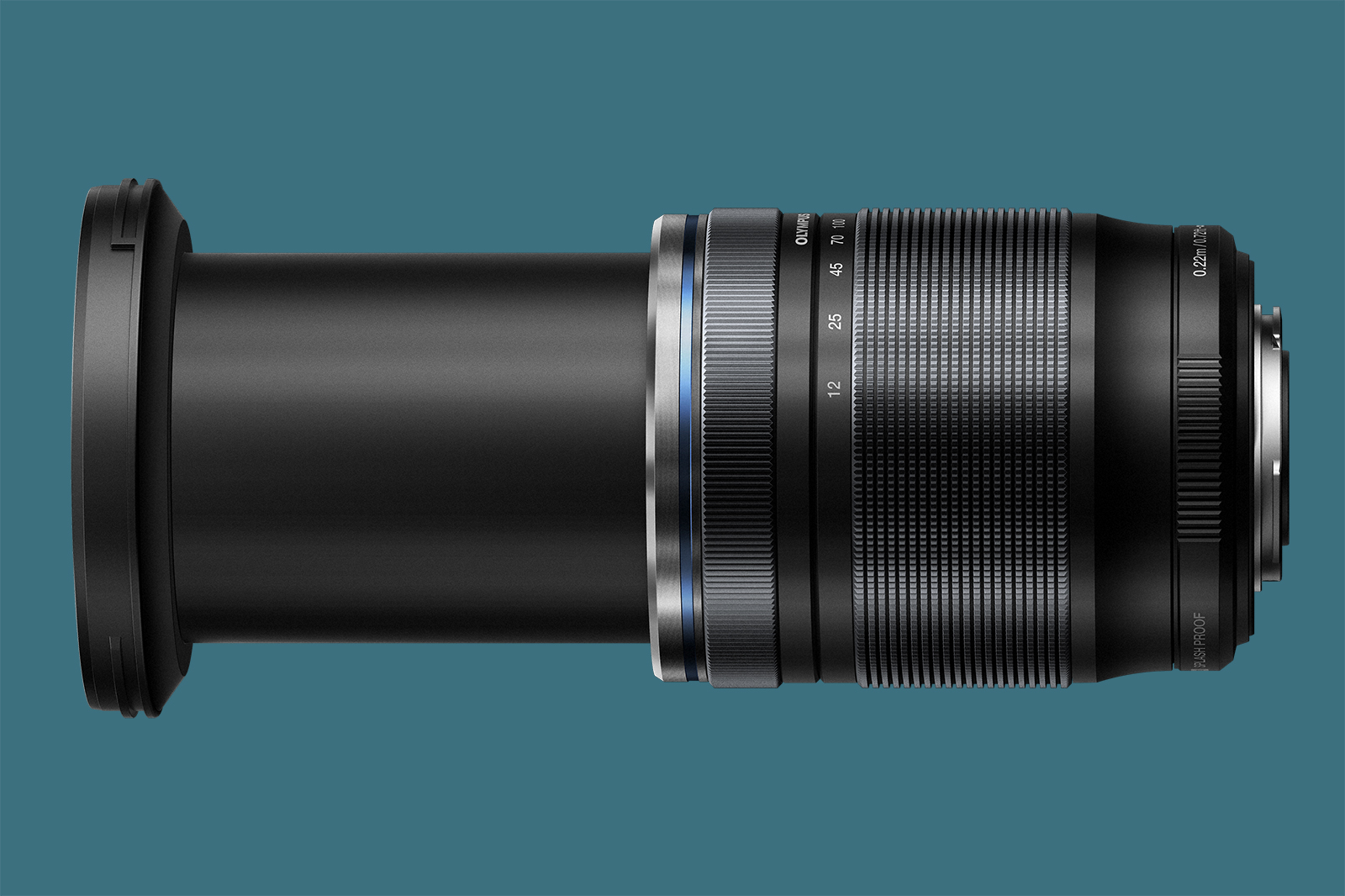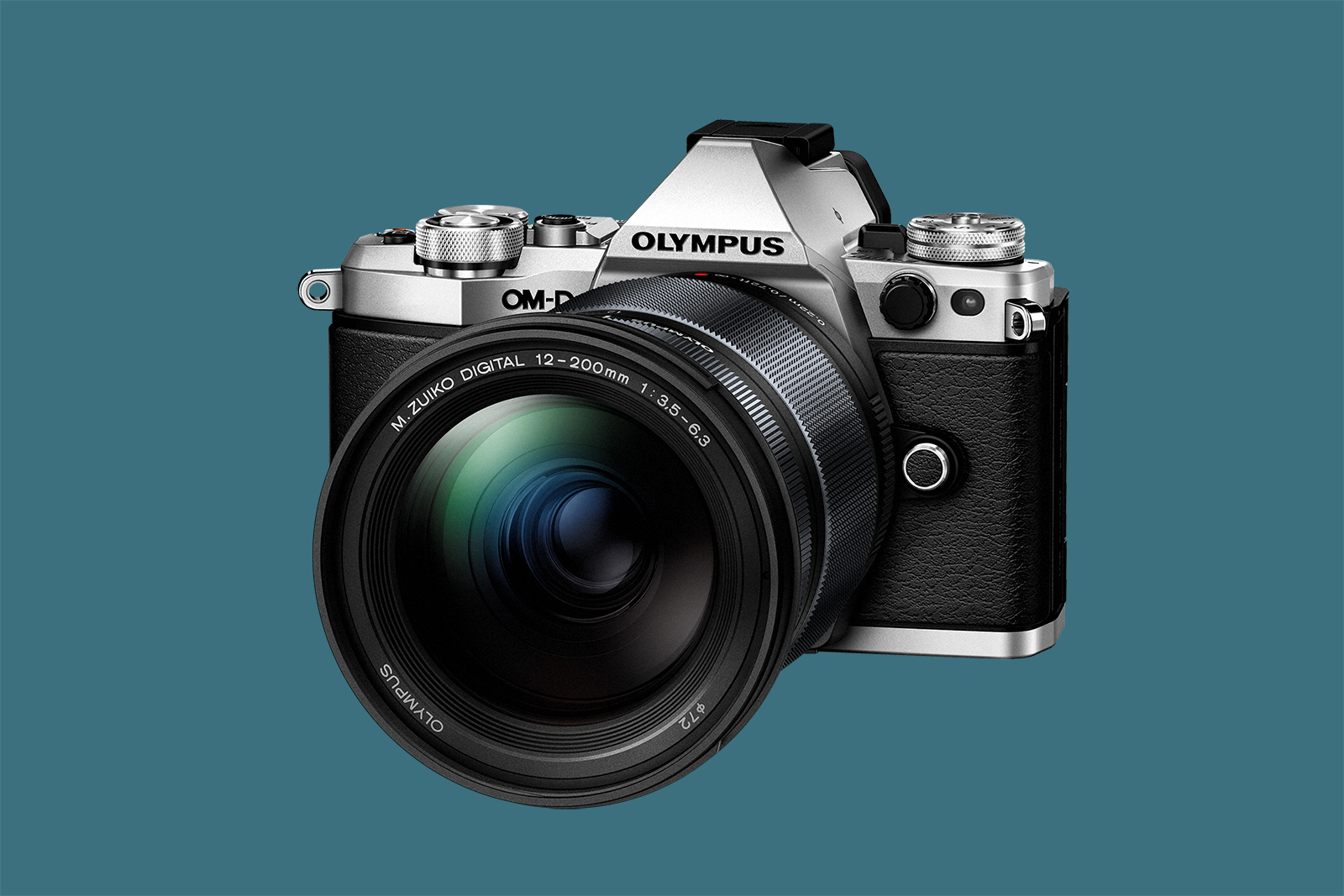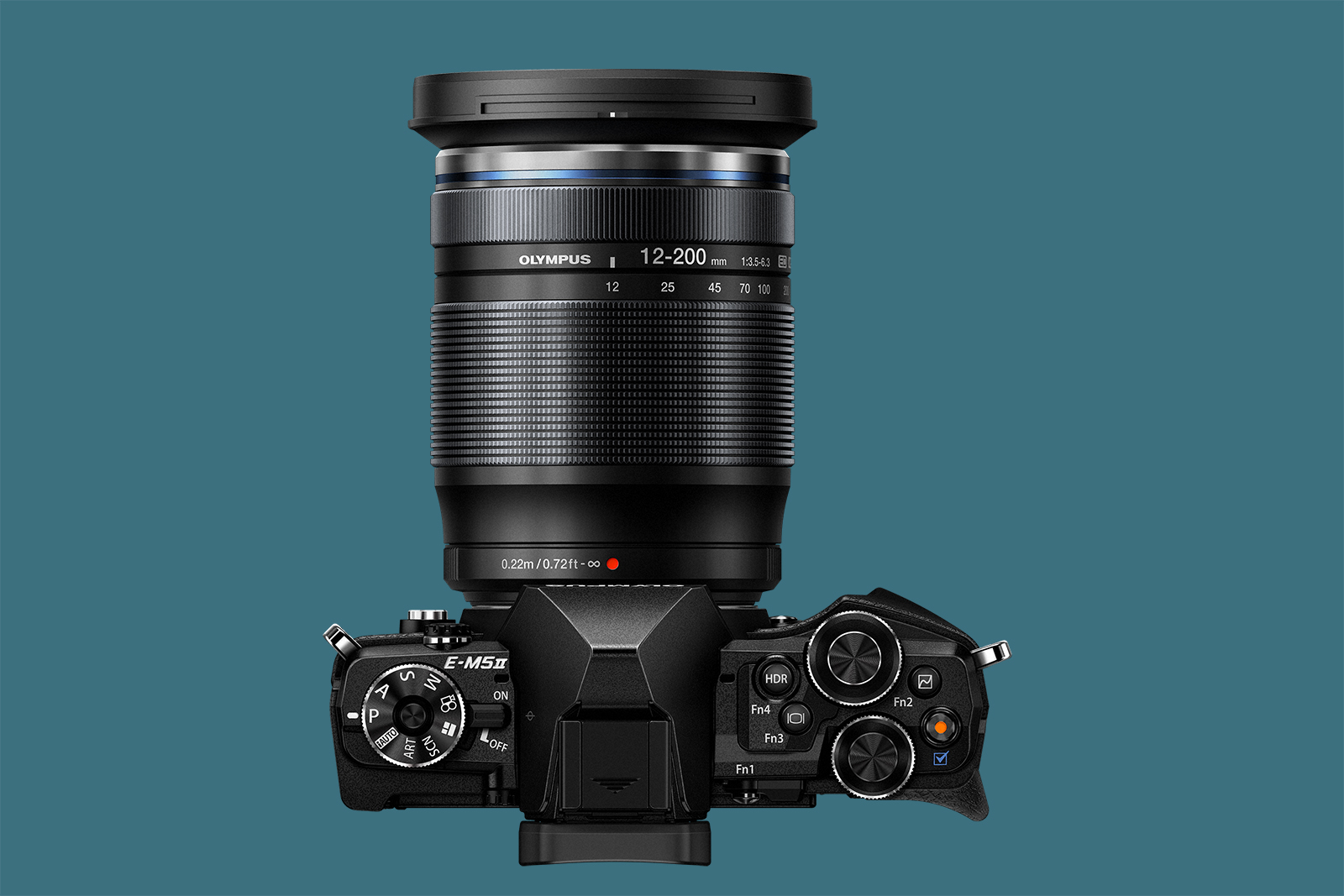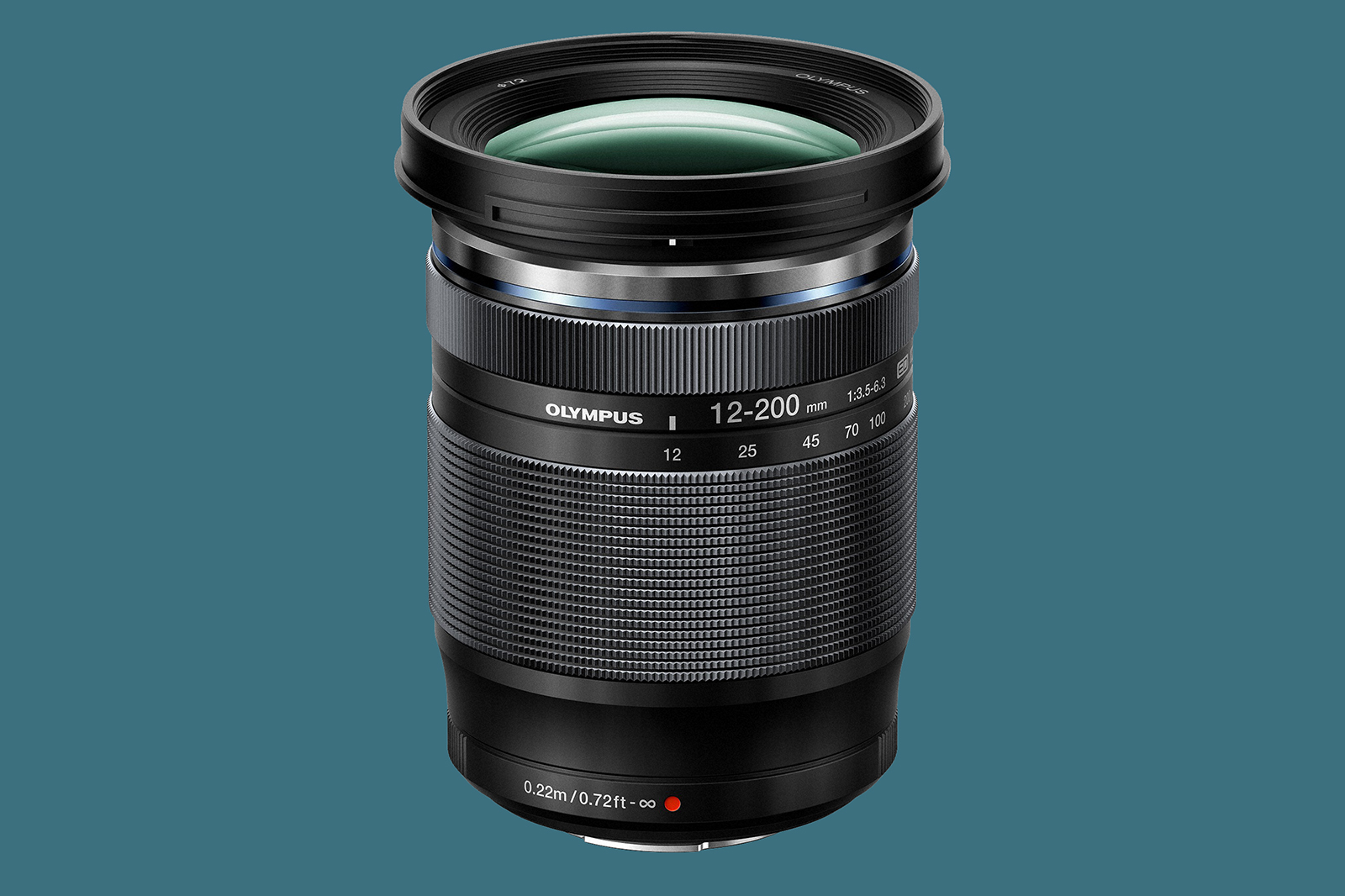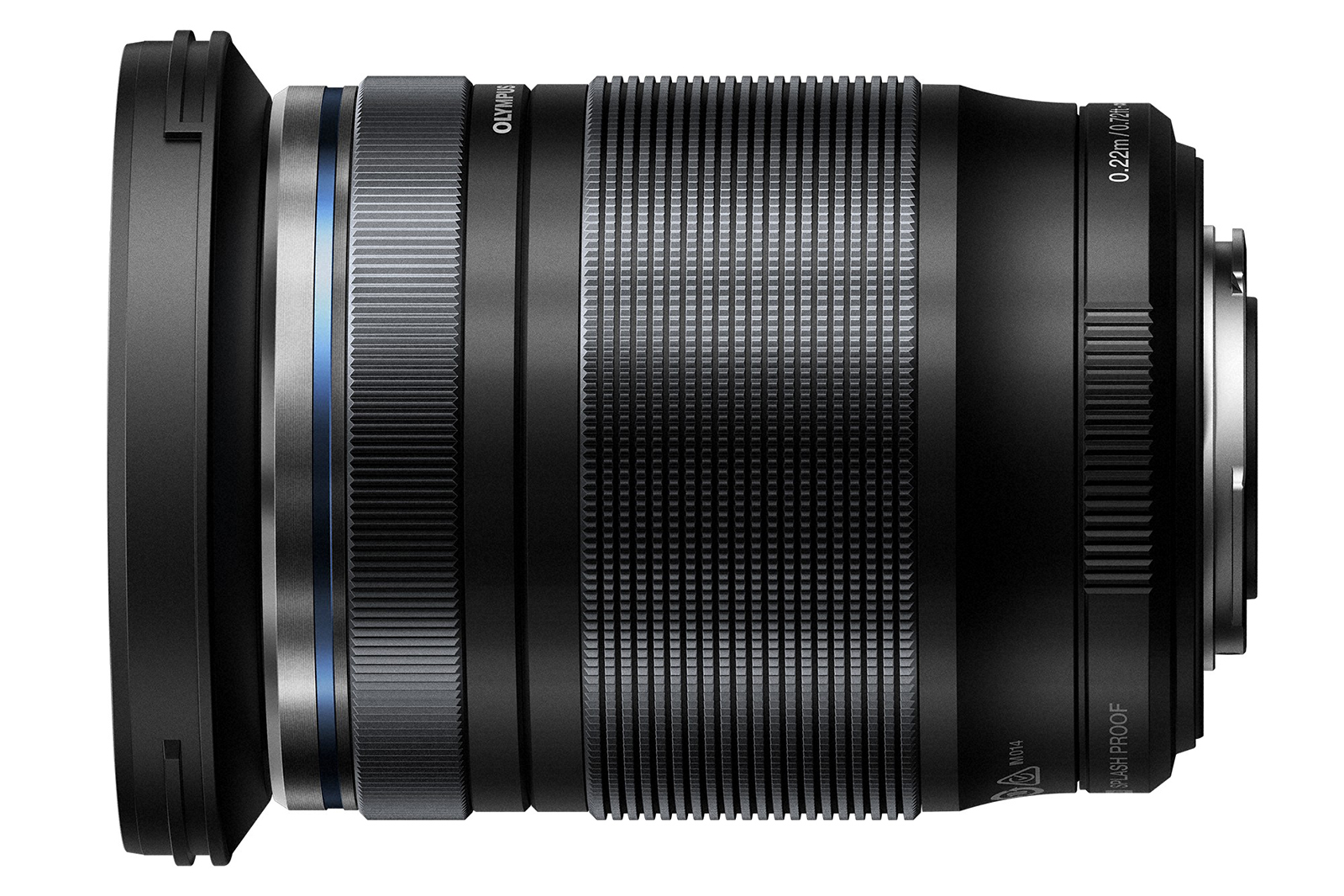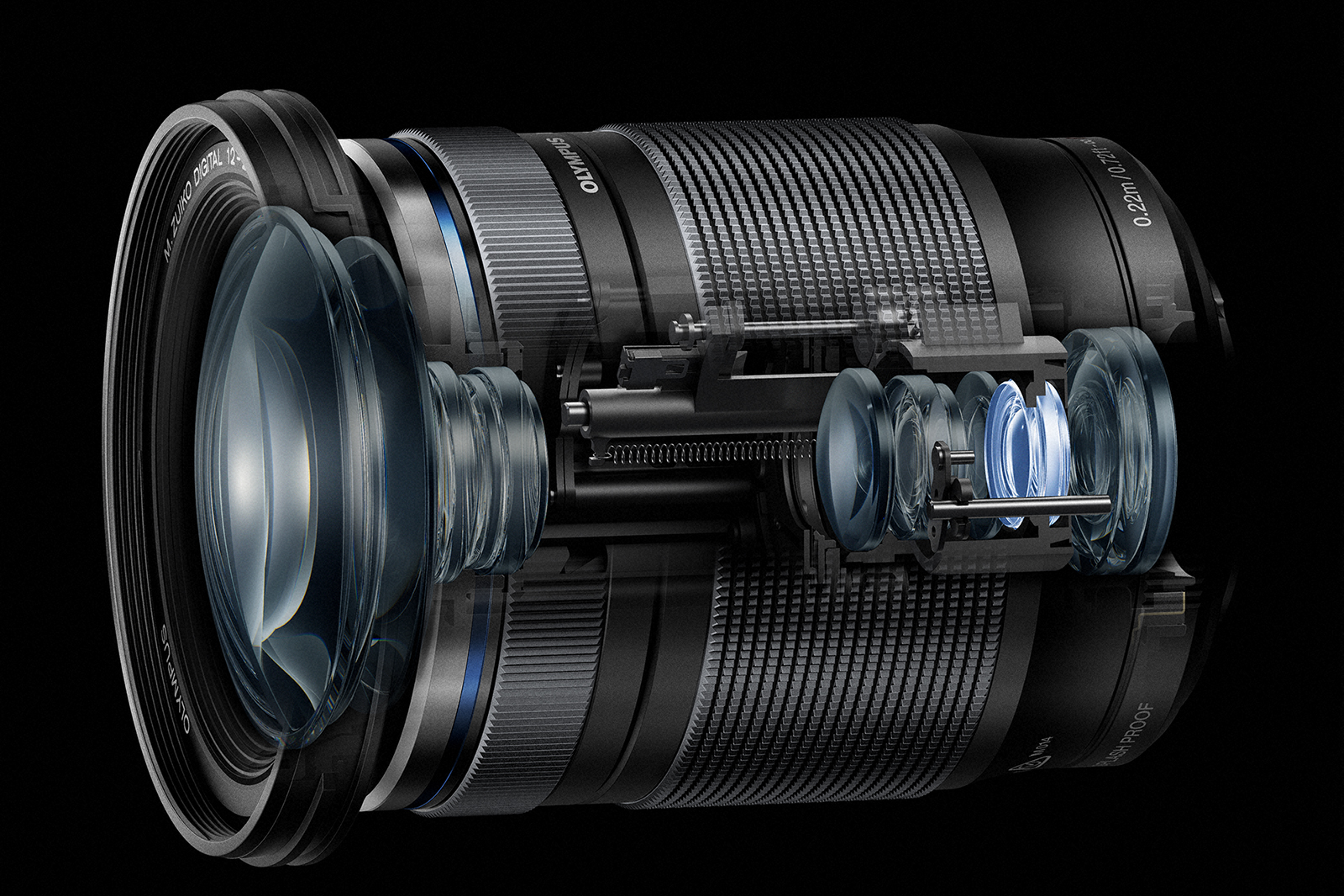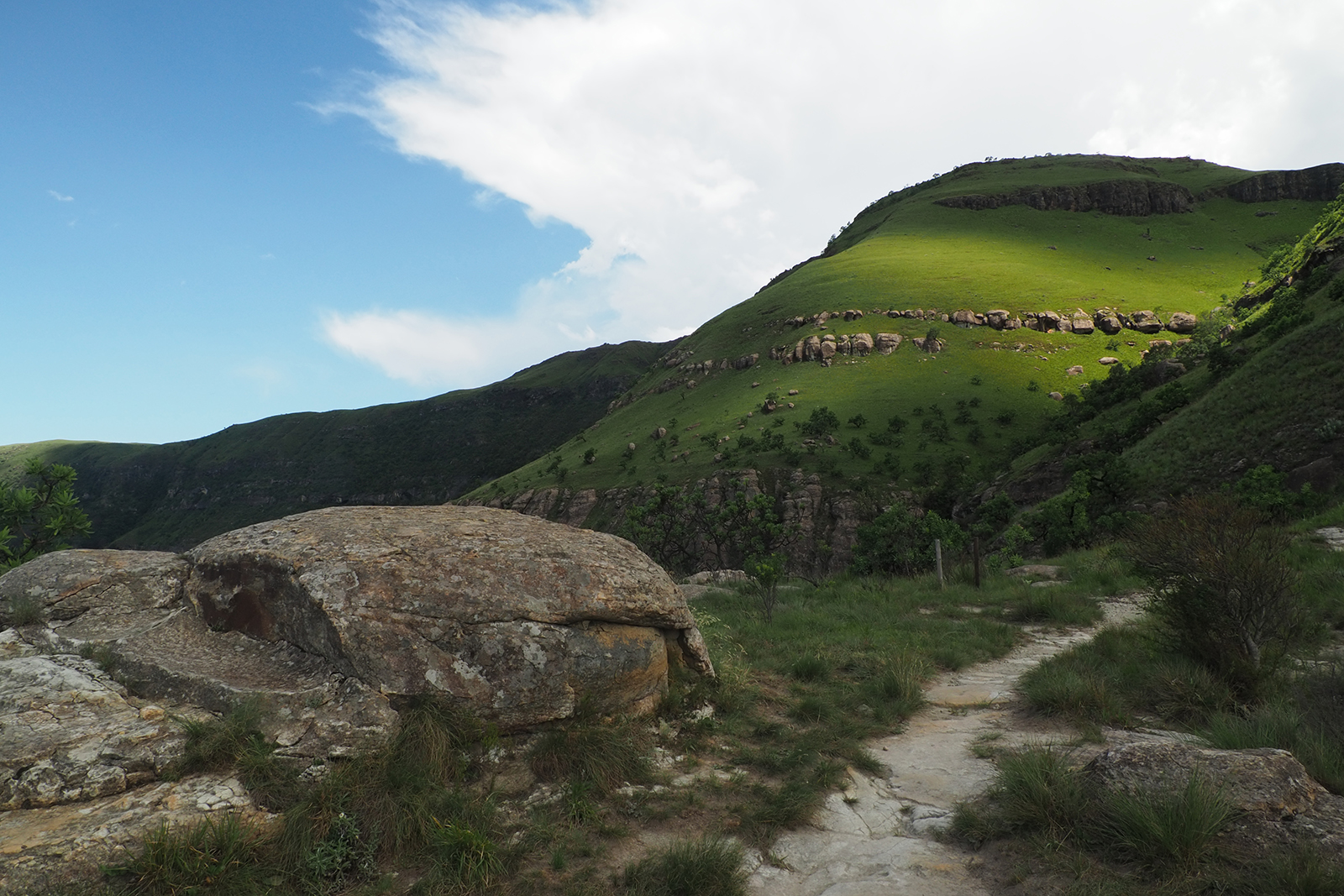Olympus just packed a 16.6x zoom inside a single mirrorless lens. On Wednesday, February 13, Olympus unveiled the M.Zuiko Digital ED 12-200mm F/3.5-6.3 lens for the Micro Four Thirds system. Olympus says the lens’ 16.6x zoom range is the widest yet for interchangeable lens cameras.
With the lens, Olympus continues pushing the idea that bigger sensors aren’t always better — because the latest lens covers a whopping 24-400mm range for the full-frame equivalent. The wide telephoto can focus as close as 8.66 inches from the front of the lens, equivalent to about a 0.46x magnification, adding to the lens’ versatility.
Olympus says the Pro lens offers consistent fast focus across the entire zoom range. The lens uses Olympus’ MSC (movie and still compatible) autofocus motor for focus that is both quick and quiet, the manufacturer says. The lens isn’t stabilized (which can expand the in-body stabilization on some bodies).
The 12-200mm lens is designed with 16 elements in 11 groups, with the lens weighing in at about a pound. With a ZERO (Zuiko Extra-low Reflection Optical) coating, the design also helps cut back on ghosting and flare. The coating is the same one used on Olympus microscopes. On the exterior, the lens is dust and splashproof to pair with the company’s weather-sealed bodies.
The F/3.5-6.3 aperture isn’t the widest available but the zoom range is the widest yet to come to an interchangeable lens, hitting both the wide angles and the super telephoto down to a 400mm equivalent. Olympus says the ability to build extreme telephoto lenses in a compact size is one of the reasons the company is sticking with the Micro Thirds format as more manufacturers expand with a full-frame mirrorless. The company is also currently developing a 150-400mm lens that has a 1.25x teleconverter built in, allowing photographers to reach a 1,000mm equivalent.
The lens includes a hood, front, and rear lens caps and lens case, but Olympus has additional accessories sold separately. Those accessories include a lens cap that can be attached and removed with the lens hood on, as well as another option for a lens hood, protective lens case, and a protective filter.
The M.Zuiko Digital ED 12-200mm F/3.5-6.3 lens will be available in late March, retailing for about $900.
Editors' Recommendations
- The Find X3 Pro has a 60x zoom ‘microscope’ camera, and it’s so much fun
- The best Micro Four Thirds lenses
